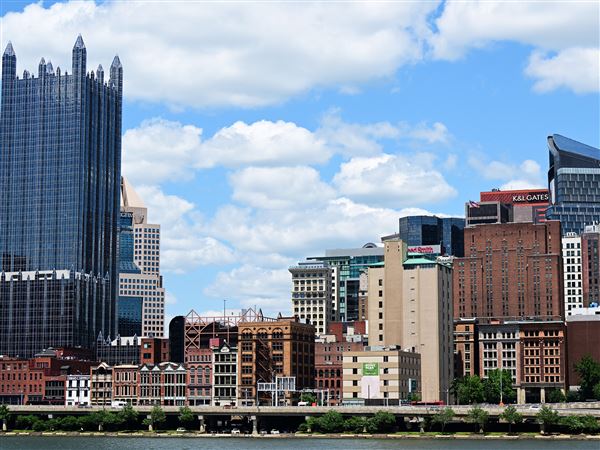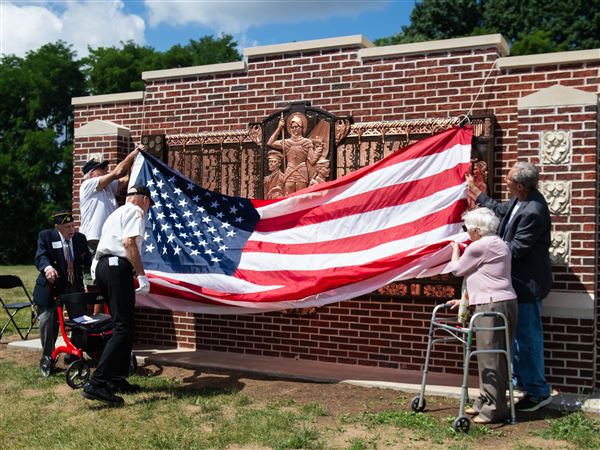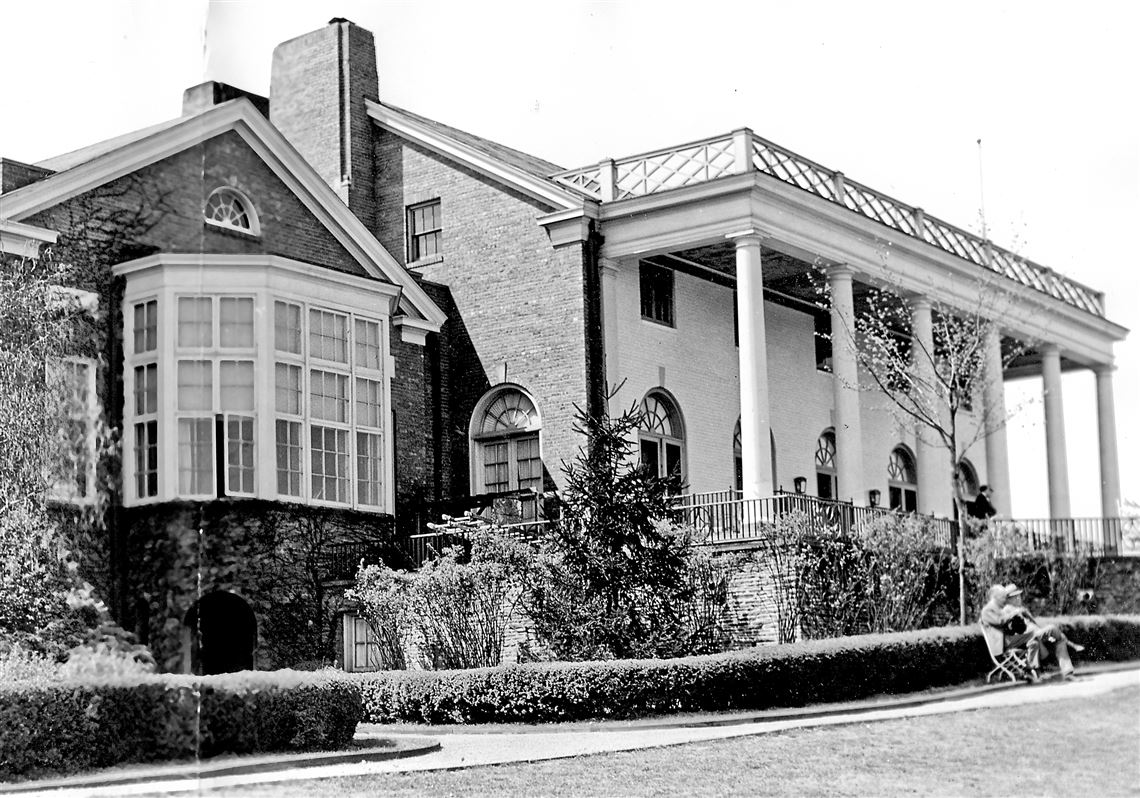They have seen a lot, withstood a lot, changed a lot and moved a lot at the place that began as the Pittsburg (no “h”) Cricket Club in 1828.
Golf was mostly an afterthought at the club that was near the intersection of Forbes and Braddock avenues in what is now the Homewood-Brushton section of town. Cricket was the sport of choice, along with tennis, badminton and archery. Golf consisted of three holes, then eventually five, designed by a Scottish immigrant named Alexander Findlay.
But as the turn of the century approached, golf started to become the dominant sport at the club. By 1901, the club expanded to nine holes, thanks to a land purchase by industrialist Henry Clay Frick. The name of the club had been changed several years earlier and would continue to grow into a golf course that would eventually host the 1937 PGA Championship and be famously hailed by none other than Ben Hogan.
That club is the Pittsburgh Field Club.
After 133 years, the Field Club is the oldest private golf club in Western Pennsylvania. But the course didn’t begin to take off until some club members purchased 171 acres in Aspinwall for $38,000 and moved the club from the city.
Findlay designed 18 new holes that opened June 1, 1915, in the area that was officially incorporated as Fox Chapel Borough 20 years later.
Monday, the Field Club — one of the finest private facilities in the state — will celebrate its 100th anniversary at its current location. Nothing special is planned for the occasion, at least not now. The person to strike the first tee shot for the second millennium will be a participant in a Monday fundraising outing for Saint Scholastica.
The club plans a more formal celebration June 13 with a golf tournament and dinner dance.
Meantime, the members and golf staff will look back at a club that has been re-routed, refurbished and re-done so many times that portions of the course look little as they did when the Field Club opened 100 years ago.
“It has been phenomenally touched over the years,” said Dave Martin, who has been the club’s head professional since 1982.
And that’s even Ben Hogan gave the Field Club the ultimate compliment.
High praise
Before he won the 1953 U.S. Open at Oakmont, Hogan had to qualify for the national championship at the Field Club, a course that was originally founded in 1882 and has been listed by the USGA as one of the first 100 clubs established in the United States.
Back then, 300 golfers came to Pittsburgh for the final two qualifying rounds, alternating between Oakmont and the Field Club. The only player who was exempt from qualifying in those days was the defending champion — in this instance, Julius Boros. Hogan shot 77 at Oakmont, 73 at the Field Club to gain one of the qualifying spots.
But after winning his fourth U.S. Open title, shooting 5-under 283 and beating Sam Snead by six shots at Oakmont, Hogan seemed more impressed with the Field Club.
“They played the Open at the wrong golf course,” Hogan said.
Tough cookie with a long history
The Field Club certainly does not lack for any signature landmarks, not all of which have been warmly received.
The tee shot at No. 1, looking east from the clubhouse perch high above the property, is the most dramatic vantage point on the course. But getting the 6,783-yard layout back to that same lofty elevation has been a source of consternation for years. The 18th hole at the Field Club, which began as an uphill par-4, was converted into a nasty par-3 that has been blown up and redone more times than a bad science experiment.
To get to that tee, an elevator was constructed beyond the 17th green to carry golfers some 80 feet in the air. The elevator is believed to be the first of its kind to be built on a golf course.
Finally, what stands today as the 18th hole — a flattened-out, mounded and well-bunkered 215-yard par-3 — has been graciously accepted as a suitable finishing hole. It is the work of architect Keith Foster, one of at least a half-dozen architects to put their hands on the layout after it was originally designed by Findlay.
Among the others: A.W. Tillinghast, Willie Park Jr., Robert Trent Jones, Arthur Hills, Craig Schreiner, Tripp Davis and a club member named Xenophon Hassenplug. Donald Ross was also said to have provided revisions to the layout, though there is no record at the club of the famous architect having been on site.
“There are no drawings and nothing in our old board minutes to suggest he was here,” Martin said.
In the late 1980s, the club thought about changing the hole back to a par-4 and brought in Hills to consider the revision. Hills liked the idea … until he walked up the hill from the site of the original 18th tee.
“He was so out of breath, he said, ‘You don’t even want to think about it,’ ” Martin said.
Elevator music
Bel-Air Country Club in Los Angeles is one of Hollywood’s most prestigious clubs, renowned not only for its stunning architecture and white swinging bridge but also because an elevator is needed to go from the ninth hole to the 10th.
But Bel-Air has nothing on the Field Club.
The elevator at Bel-Air is underneath a tunnel and leads upstairs to the clubhouse. Players have to exit the clubhouse to head to the 10th tee.
The Field Club has an outdoor elevator that transports players from the 17th green to the tee at the par-3 finishing hole.
It was erected in 1938 when the original 18th hole, a 330-yard par-4 that climbed severely uphill, was changed to a par-3 with a new tee that sat at the top of the hill. In those days, golf carts did not exist, so players used the elevator to avoid the long, strenuous walk up the hill.
The elevator was the first of its kind to be built on a golf course. But it was not without its problems.
At the 2004 Pennsylvania Open, Chartiers pro Joe Klinchock took the elevator with his two playing partners and their two caddies, plus their bags. Klinchock’s caddy decided to skip the elevator and walk to the 18th tee using the winding cart path. Turns out, he was the wise one.
Halfway up, the elevator lost power when a generator on one of the nearby roads was struck. Klinchock and four others were stuck approximately 30 to 40 feet in the air for nearly an hour before power was restored.
“It just went blank,” Klinchock recalled the other day. “It was dark and you’re standing face to face with people you don’t know. And it’s July and you’re hot and sweaty.”
Ambulances and nurses were called to the scene to attend to the players once the power was restored. A storm had been approaching, too, increasing the urgency to get the players out of the elevator.
Klinchock and the four others were lowered to the ground when power was restored. Because the storm was imminent, play was suspended and Klinchock retreated to the clubhouse
“It was pretty close to an hour before they got us out,” Klinchock said. “It didn’t bother me. I think the one guy said he was a little claustrophobic. They had nurses there but we were fine.”
Gerry Dulac: gdulac@post-gazette.com and Twitter: @gerrydulac.
First Published: May 31, 2015, 4:00 a.m.


















